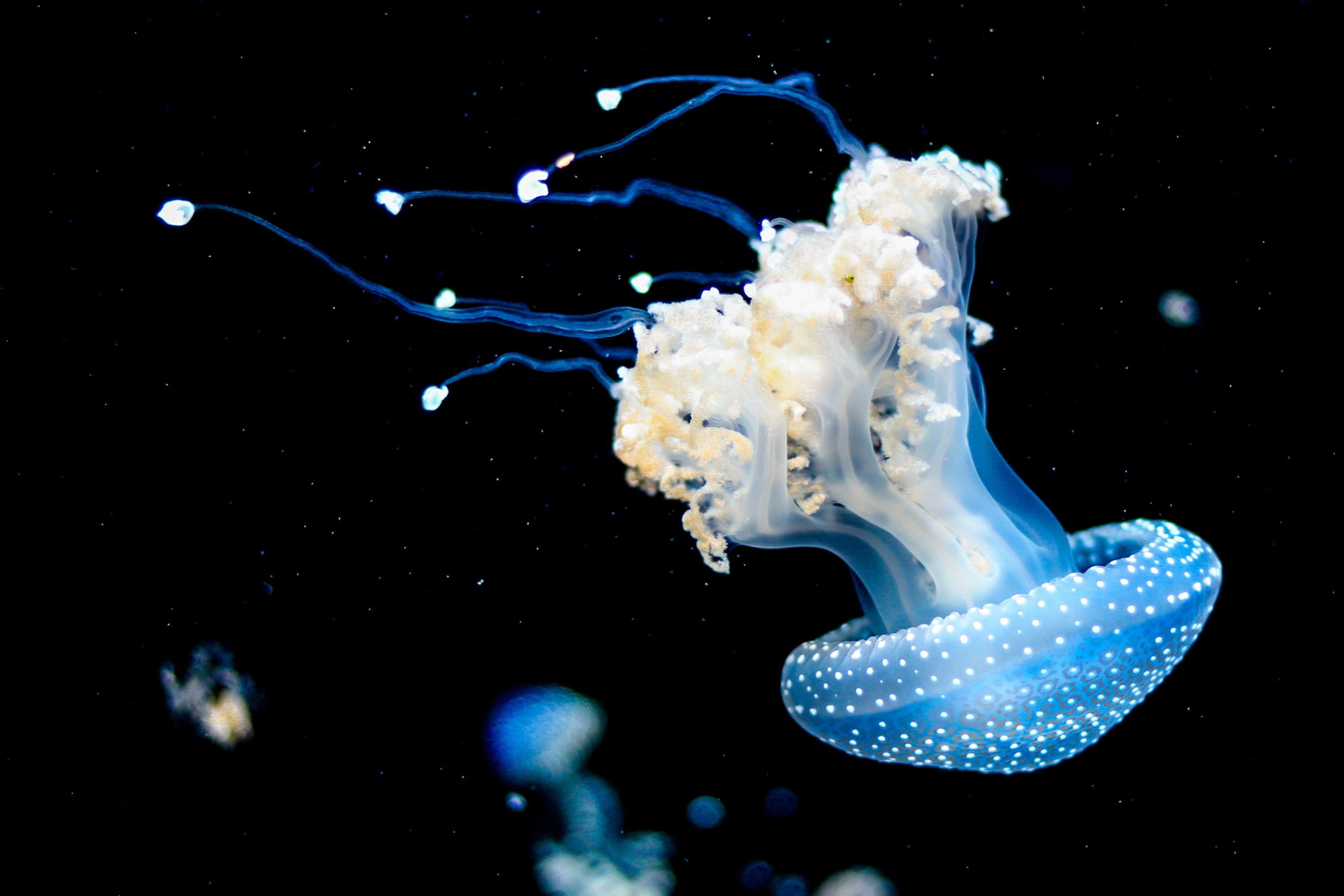Who Owns the Ocean’s Genes? Tension on the High Seas
By Olive Heffernan,
Scientific American
| 09. 12. 2022
Tavis Beck on Unsplash
After nearly two weeks of recent United Nations negotiations in New York City, countries from around the world failed to finalize an ambitious treaty that would create enormous marine protected areas and enforce stricter rules for industry on the high seas—the two thirds of the ocean beyond any country’s exclusive ocean territory. The deal faltered in the final hours, mainly over an issue that has long dogged international ocean talks: how to share profits from commercializing the high seas’ genetic resources.
Ocean organisms, both plants and animals, form the basis of numerous successful drugs, including remdesivir, the first treatment approved for COVID, and Halaven, a blockbuster anticancer drug derived from a Japanese sea sponge that has annual sales of more than $300 million. Genetic material from high seas organisms and the digital data from sequencing their genomes could be used to develop new products potentially worth billions of dollars. But who owns these resources, which theoretically belong to the entire world, and who gets to profit from their use? The details of where U.N. negotiators...
Related Articles
By Anumita Kaur [cites CGS’ Katie Hasson], The Washington Post | 03.25.2025
Genetic information company 23andMe has said that it is headed to bankruptcy court, raising questions for what happens to the DNA shared by millions of people with the company via saliva test kits.
Sunday’s announcement clears the way for a new...
By Peter Wehling, Tino Plümecke, and Isabelle Bartram
| 03.26.2025
This article was originally published as “Soziogenomik und polygene Scores” in issue 272 (February 2025) of the German-language journal Gen-ethischer Informationsdienst (GID); translated by the authors.
In mid-November 2024, the British organization Hope not Hate published its investigative research ‘Inside the Eugenics Revival’. In addition to documentating an active international “race research” network, the investigation also brought to light the existence of a US start-up that offers eugenic embryo selection. Heliospect Genomics aims to enable wealthy couples to...
By Anna Louie Sussman, The New York Times | 03.25.2025
On June 24, 2022, the same day the Supreme Court issued its decision in Dobbs v. Jackson Women’s Health Organization, I received a call from the fertility clinic where I’d been undergoing in vitro fertilization, informing me that seven of...
By Dalton Conley, The New York Times | 03.13.2025
Since Francis Galton coined the phrase “nature versus nurture” 150 years ago, the debate about what makes us who we are has dominated the human sciences.
Do genes determine our destiny, as the hereditarians would say? Or do we enter...




